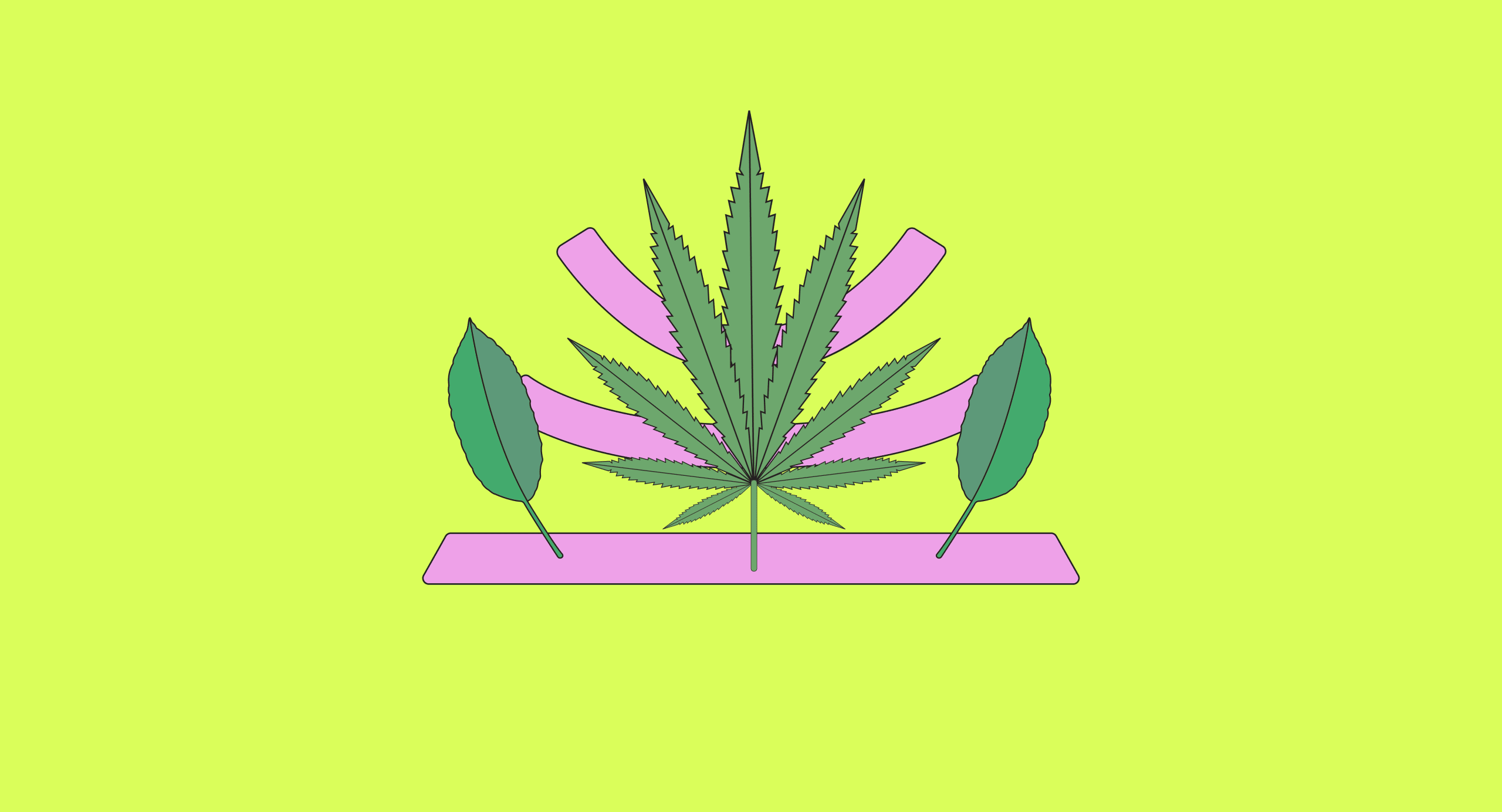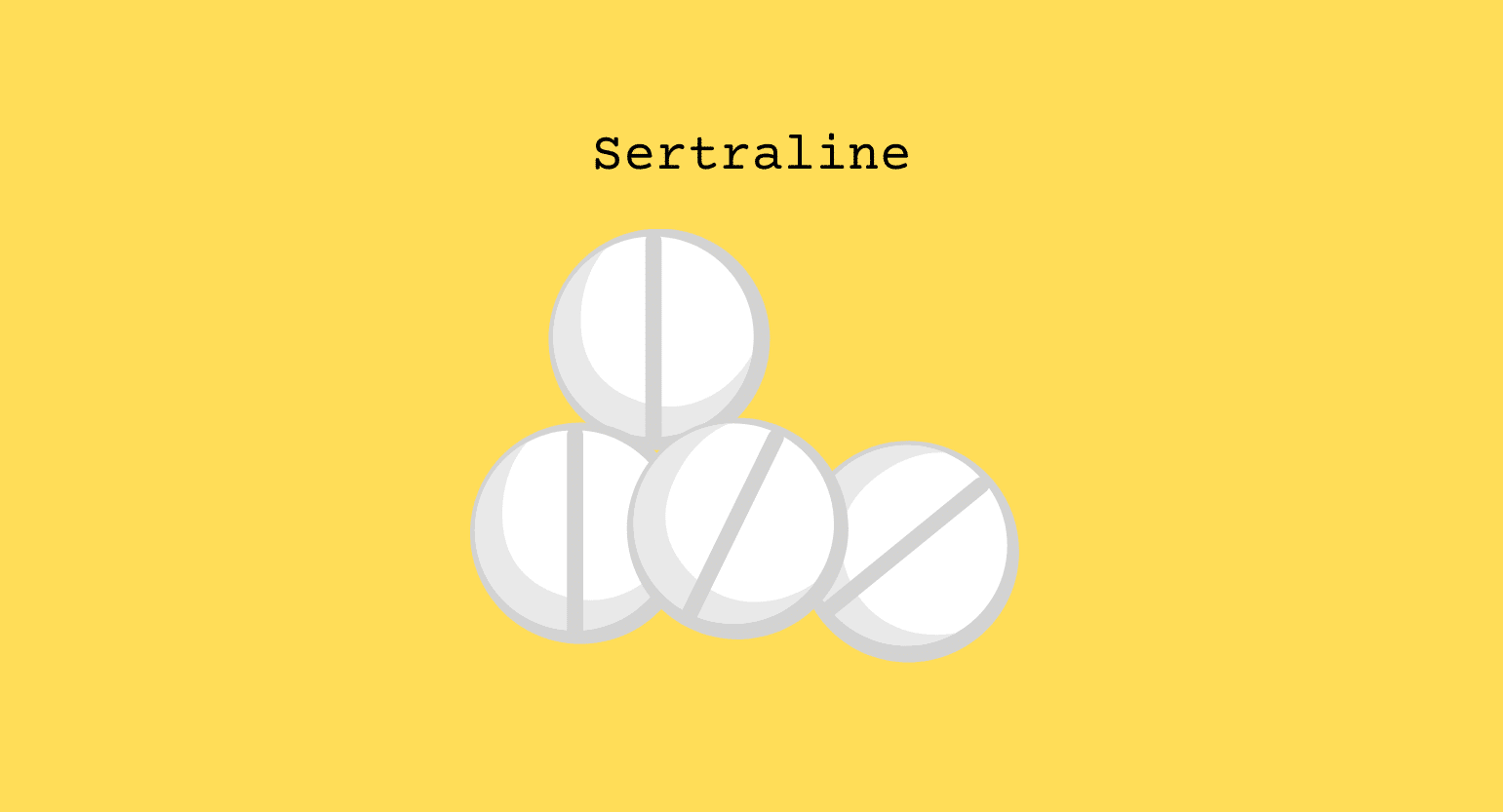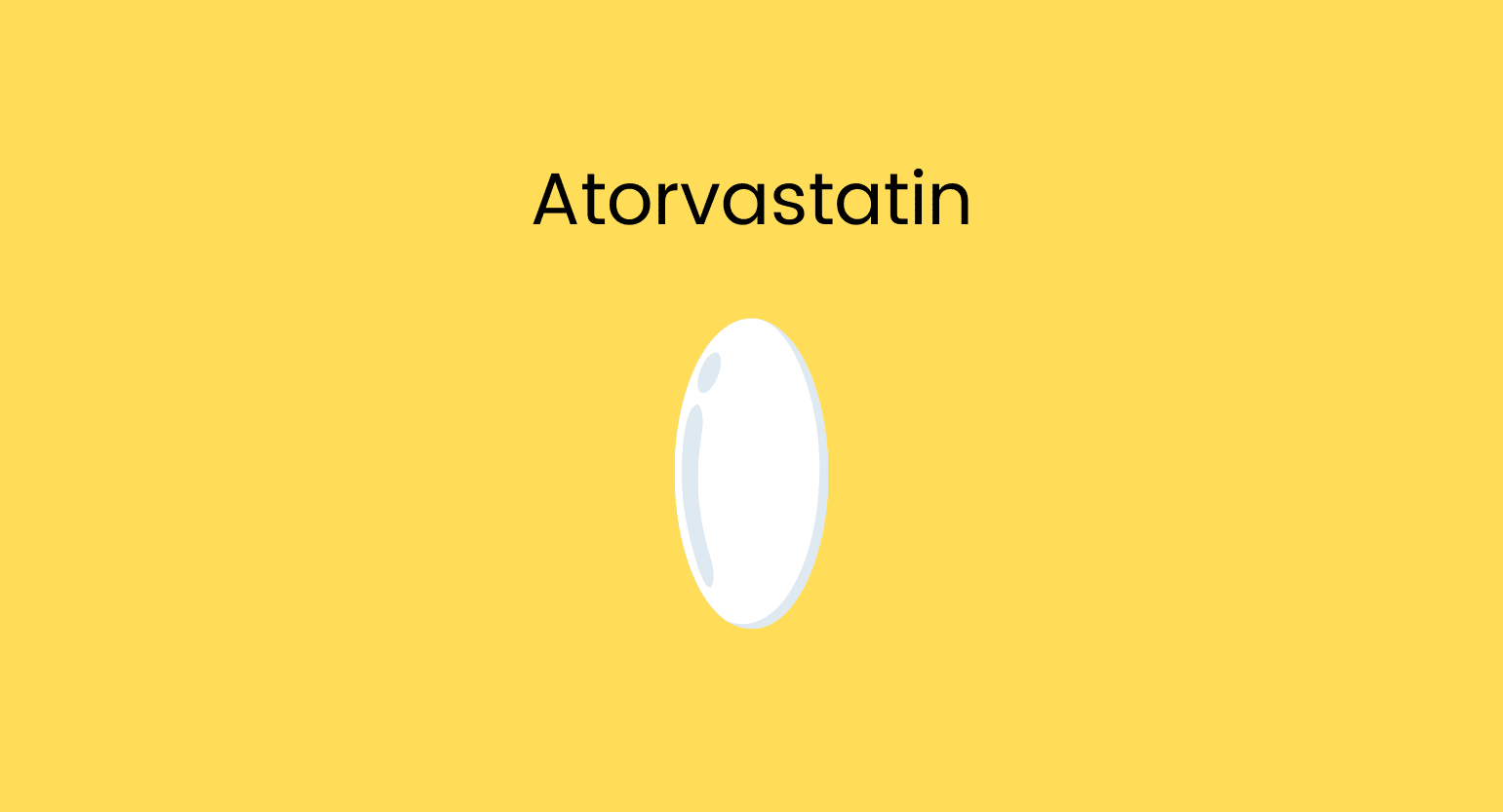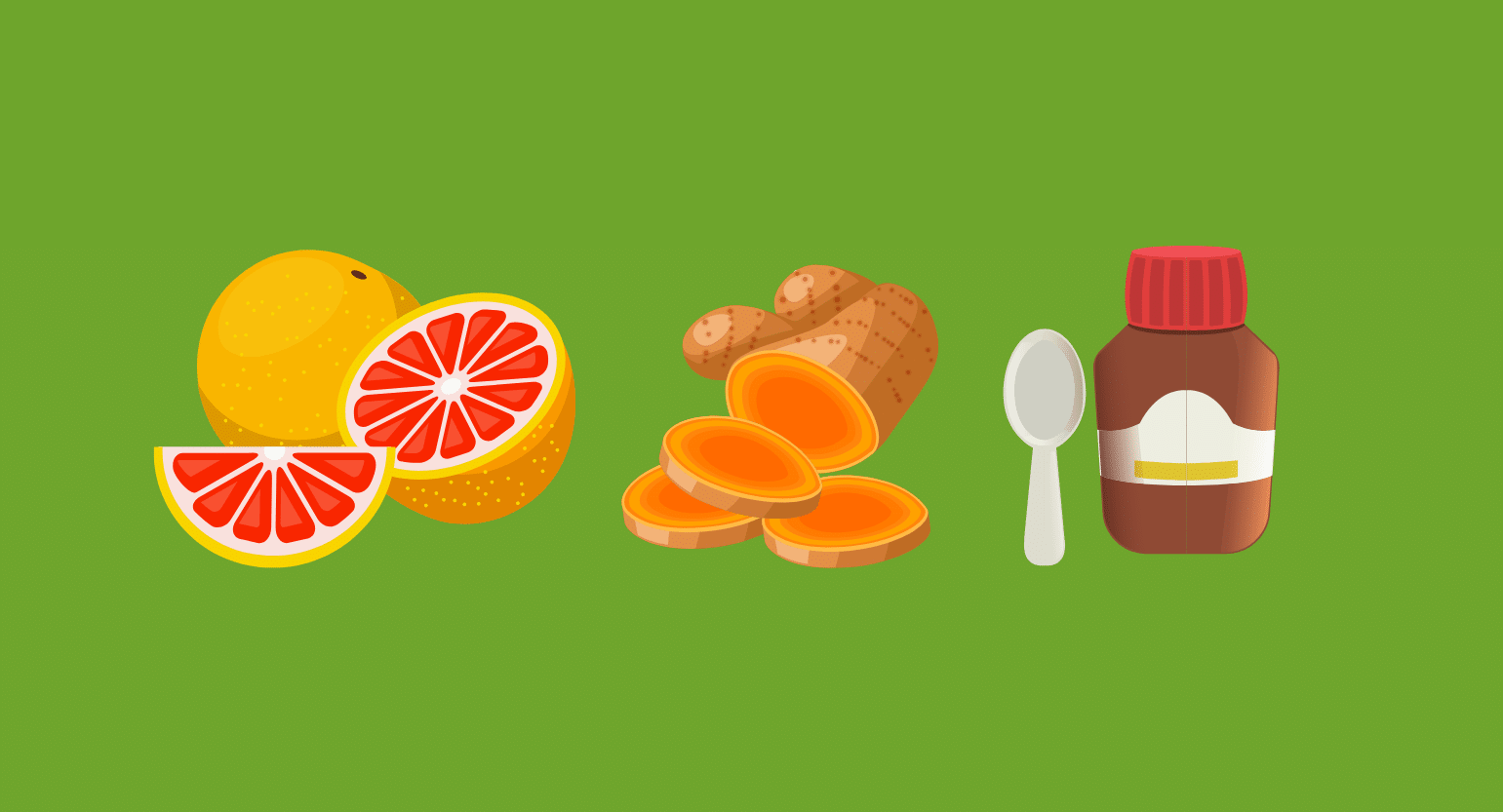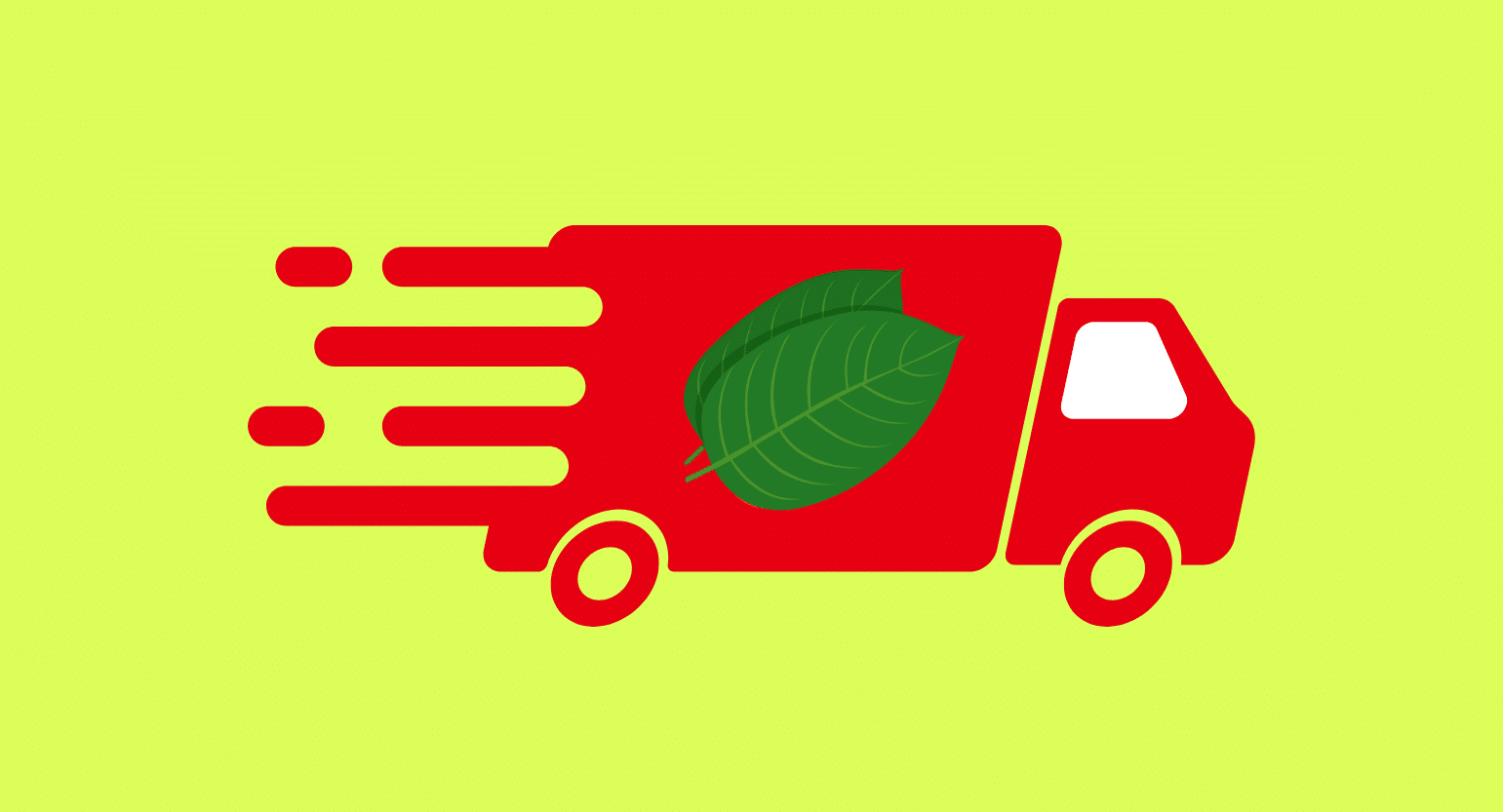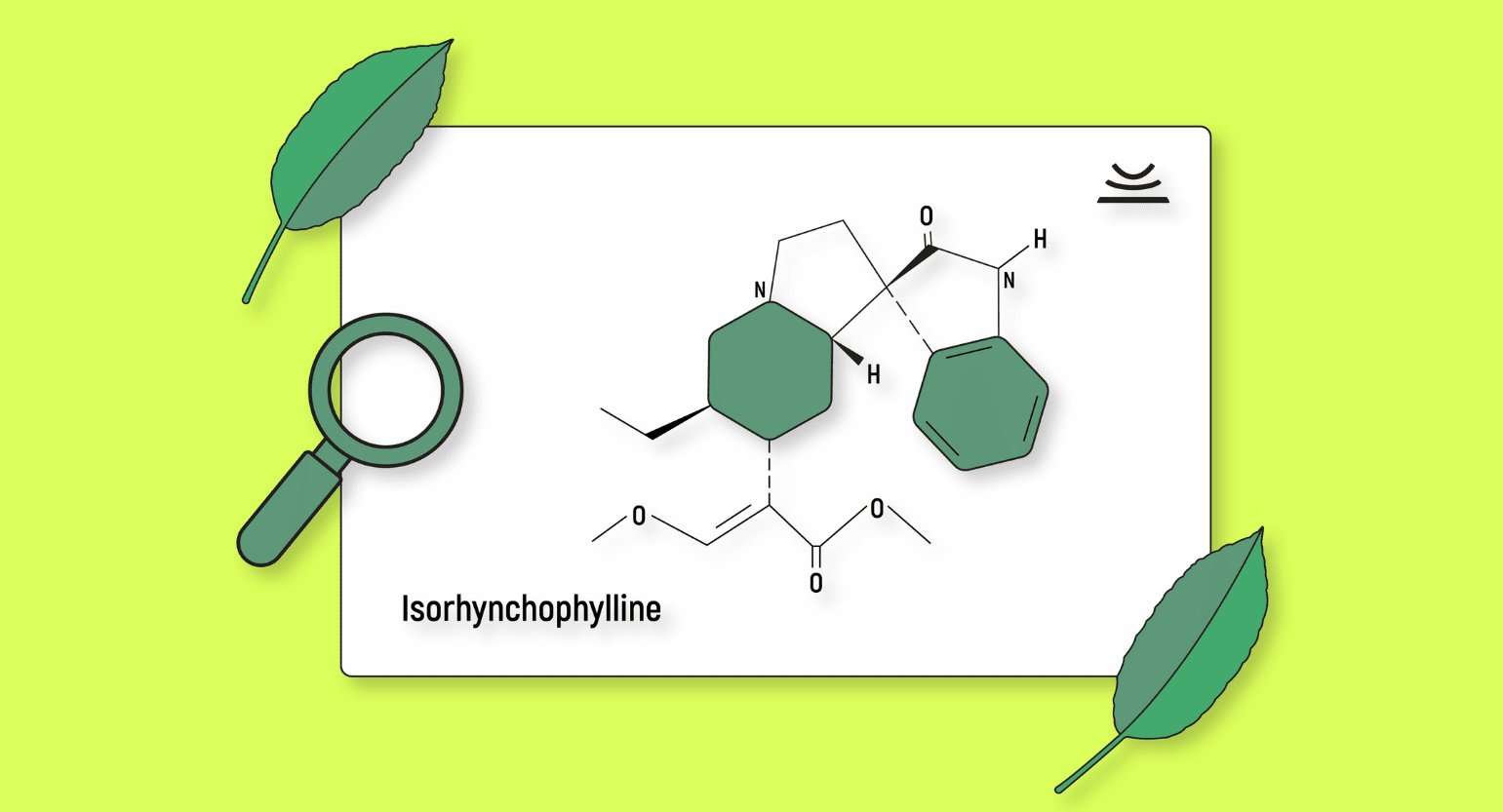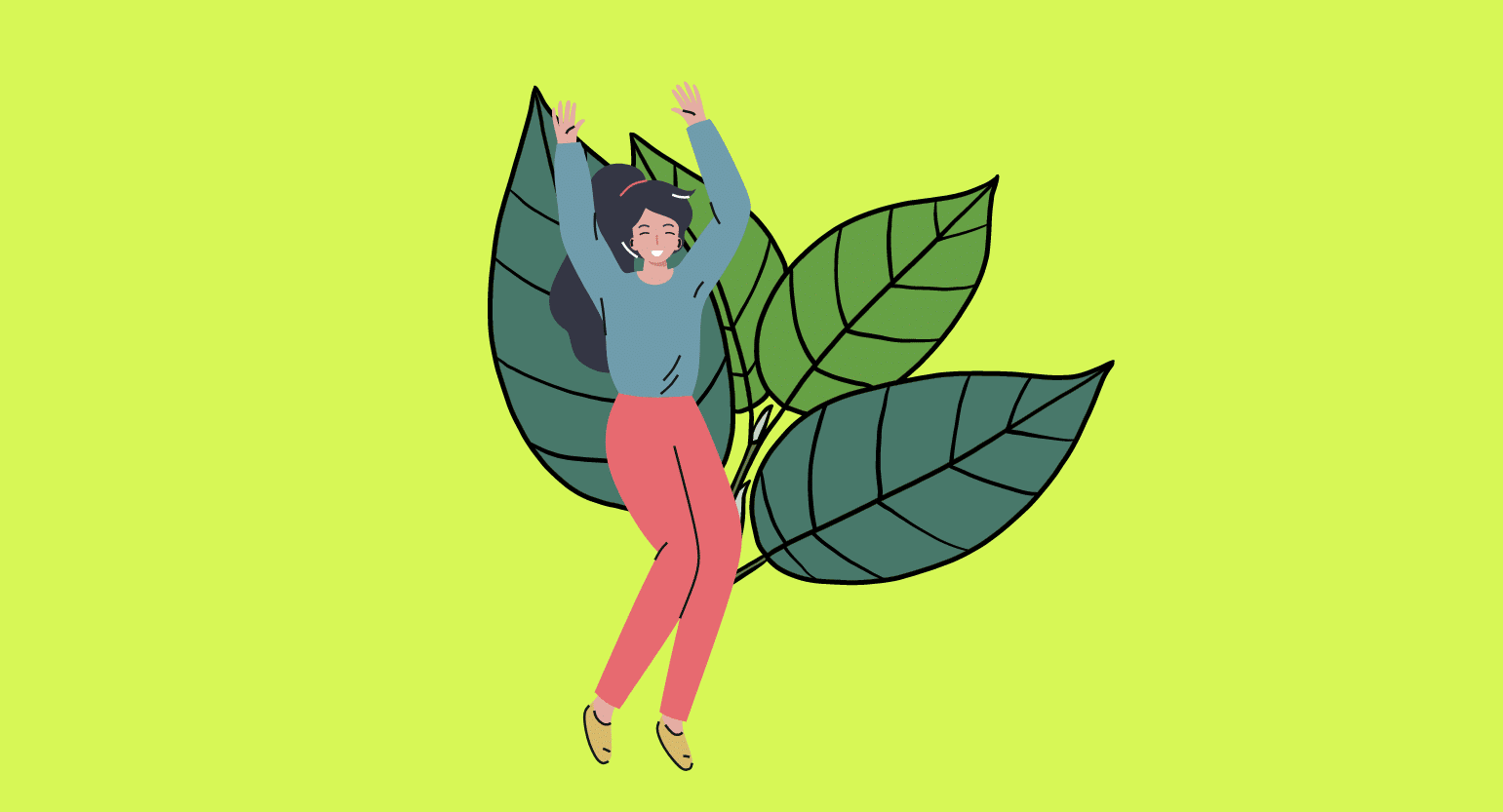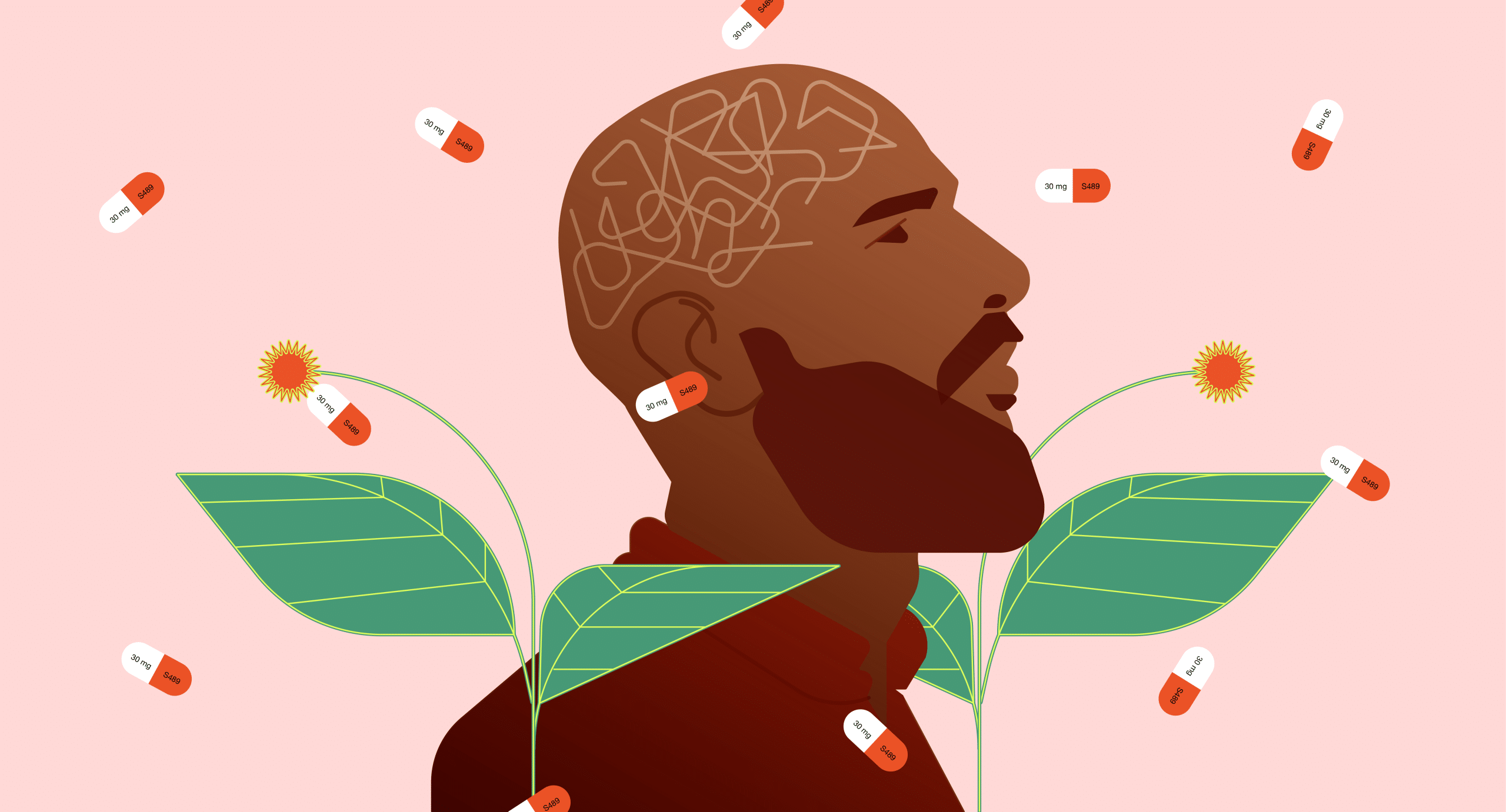What Is Marijuana?
Marijuana is psychoactive plant material that can be smoked, vaped, or ingested to achieve a high. It contains tetrahydrocannabinol, better known as THC, the primary psychoactive component that provides the high associated with consuming cannabis.
Until somewhat recently, marijuana was illegal on a federal and state level in the United States, but individual states have started legalizing it. Most states now have a medical marijuana program, and many have legalized the substance for recreational use.
There is some debate about the positive effects of marijuana, but research does indicate that it shows promise as a potential treatment for certain medical conditions.
Also see: Marijuana Strains —What Are They & Why Does It Matter?
Marijuana Fast Facts
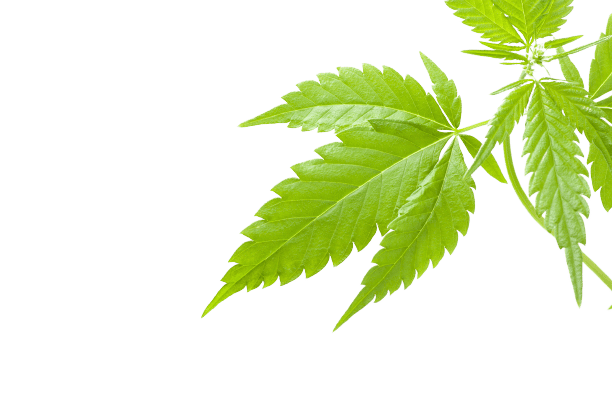
| Scientific Name | Cannabis indica, Cannabis sativa |
| Risk Level | Low |
| Other Drug Names | Weed, pot, Maryjane, MJ, ganja, herb, bud, grass, dope, chronic, hash, reefer |
| Effects | Euphoria, altered perception of time, relaxation |
| Side Effects | Dry mouth, red eyes, paranoia, increased appetite, increased heart rate, fatigue, lightheadedness, impaired memory or attention |
| Duration of Effects | 2-4 hours if inhaled, 3-12 hours if ingested |
| Legality | Federally illegal, but legal in many states recreationally or for medical purposes. |
Where Does Marijuana Come From?
Marijuana comes from the cannabis plant, which is believed to be indigenous to the Himalayan mountains. Cannabis plants fall into two distinct categories: Cannabis sativa and Cannabis indica. Although psychoactive compounds in each are identical, the plants contain other chemicals called terpenes that provide a different effect when consumed.
Most of the marijuana sold today does not come from naturally-growing plants. Instead, it’s grown by farmers on a marijuana plantation or in a “grow house” as a commodity. There are many legal marijuana farms throughout the United States, whereas nearly all growth was illegal two decades ago.
Is Marijuana the Same as Hemp?
Marijuana comes from the same plant as hemp, but the two are different in what they have been bred for. Marijuana comes from cannabis plants with a high THC concentration. Hemp plants come from cannabis plants with a low THC concentration and usually a high volume of cannabidiol (CBD), the second most well-known and well-researched cannabinoid. Hemp is defined by the Farm Bill of 2018 as cannabis with less than 0.3% THC by weight.
Marijuana and hemp also differ in their legality. Hemp is federally legal in the United States, while marijuana is federally illegal but legalized by individual states.
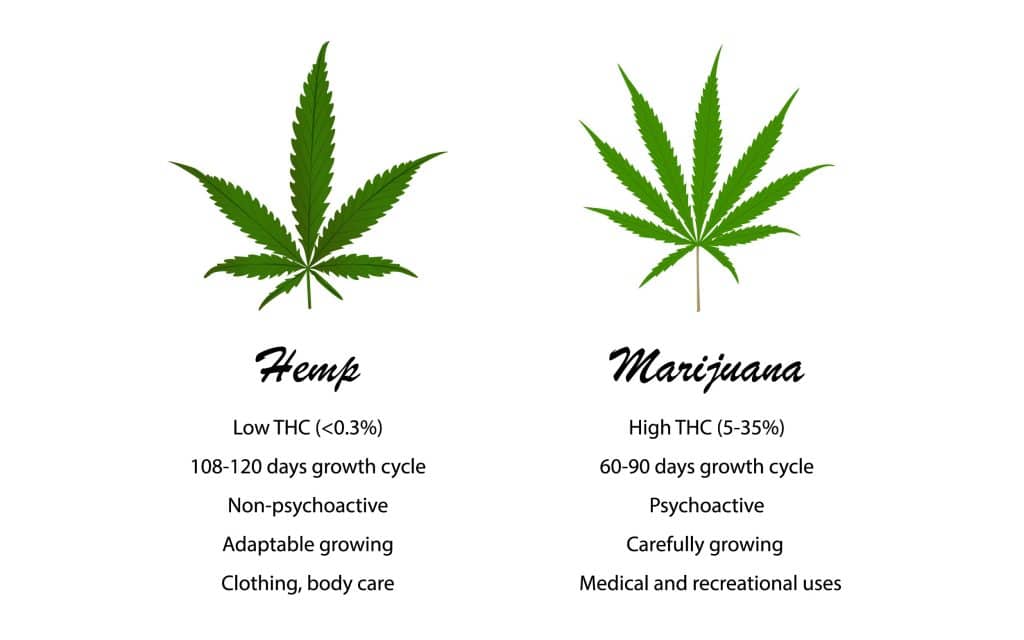
Is Marijuana Legal?
Marijuana was first illegalized in the United States in 1970 with the Controlled Substances Act (CSA). It wasn’t until more than 25 years later, in 1996, that medical marijuana was made legal on a state level by California.
Since then, many states have followed suit. Recreational marijuana wasn’t legalized until 2012 in Colorado and Washington State, and since then, 18 states and Washington, DC have also legalized weed for recreational use.
Is Marijuana Addictive?
There is some debate about whether or not marijuana is addictive. It’s not considered physiologically addictive like tobacco, caffeine, and harder drugs like cocaine and methamphetamine. However, it is possible to develop a psychological dependence on marijuana. This addiction can occur in users who take large amounts regularly or use marijuana daily for long stretches.
Generally, marijuana is psychologically addictive because many people use it to escape from pain or mental discomfort. It’s possible to miss marijuana and want to use it if you stop, but withdrawal symptoms are generally not experienced by users.
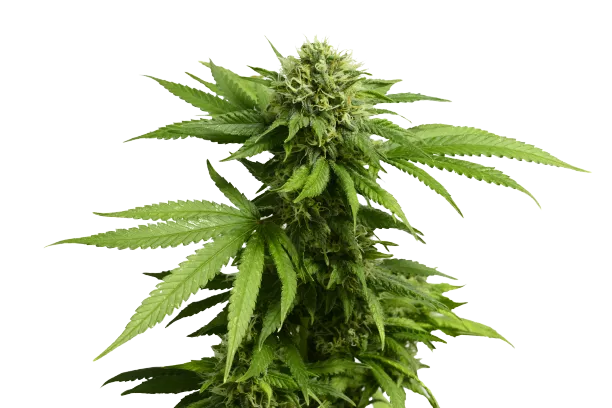
Is Marijuana Safe?
Marijuana is safe, especially compared to other illegal drugs, like opioids, amphetamines, and barbiturates. There is a relatively low potential for abuse; as mentioned above, marijuana is not physiologically addictive. Additionally, while extreme doses of THC can be pretty unpleasant and somewhat traumatizing, there is no known lethal dose of THC, so the potential for an actual overdose is virtually non-existent.
As is the case with any substance, any marijuana user should use the drug responsibly. Misuse is possible, and there are some potential side effects to prolonged marijuana use, which we’ll discuss later.
Also see: Is It Safe To Mix Kratom With Weed (Marijuana)?
How Do You Use Marijuana?
There are several ways to use marijuana. They all involve heating the tetrahydrocannabinolic acid (THCA), which is the compound that naturally appears in marijuana plants. The heat degrades the THCA, which converts to THC, the cannabinoid that gives marijuana most of its psychoactive effects.
The most popular method of using marijuana is smoking it. The flower of the cannabis plant can be ignited and inhaled using a variety of smoking apparatuses, including a joint, blunt, pipe, bong, and more. The THC enters the bloodstream through the blood vessels surrounding the tiny alveoli in the lungs, providing rapid onset of effects.
Vaping is another popular method of inhalation that works slightly differently. A vape heats dry plant matter or liquid THC extract until it vaporizes, converting the THCA to THC. The vapor gets inhaled, and the THC enters the bloodstream through the lungs, just like smoking.
Another common one is ingesting THC via tinctures or with edibles. First, THCA is converted to THC by heating plant matter or liquid THCA extract. For tinctures, the THC is then extracted using alcohol or glycerin, which creates a THC tincture that you can eat or place under your tongue for fast onset of effects.
For edibles, the THC-rich plant matter is mixed into brownies, cookies, or other edible products, which you eat or drink as you usually would. In the case of edibles, the THC passes through the digestive system and then gets processed by the liver, where it finally enters the bloodstream and produces a more intense high than smoking or vaping.
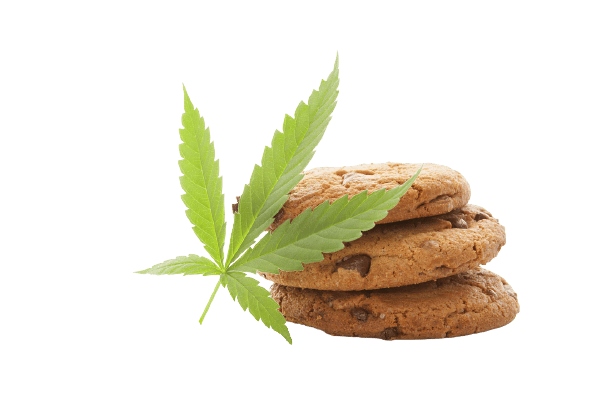
What Is Marijuana Used For?
Marijuana has many different uses, from treating glaucoma to inducing relaxation and relieving anxiety. Since marijuana use varies so much depending on the user, it will be easiest to break down the common uses based on whether medical marijuana or recreational marijuana is being used (though they can be used interchangeably).
Medical Marijuana
Medical marijuana treats a wide array of medical conditions, although there’s some debate about its efficacy. There is ongoing research, and much of the available studies suggest that medical marijuana at least shows great potential.
The most commonly treated conditions using medical marijuana are listed below:
- Alzheimer’s disease
- Cancer
- Crohn’s disease
- Eating disorders
- Epilepsy and seizures
- Glaucoma
- Loss of appetite
- Multiple sclerosis symptoms
- Nausea, especially related to chemotherapy
- Nerve pain
- Symptoms of HIV/AIDS
- And more
Some research suggests that the cannabidiol (CBD) in medical marijuana is one of the more essential compounds for treating these and other medical conditions. CBD is not psychoactive, so medical marijuana is sometimes lower in THC and produces less of a high while still helping reduce symptoms.
Recreational Marijuana
Recreational marijuana also serves various purposes, including inducing euphoria and relaxation, improving sociability, and reducing stress and anxiety. Some recreational users consume marijuana to self-treat pain rather than getting a prescription for medical marijuana.
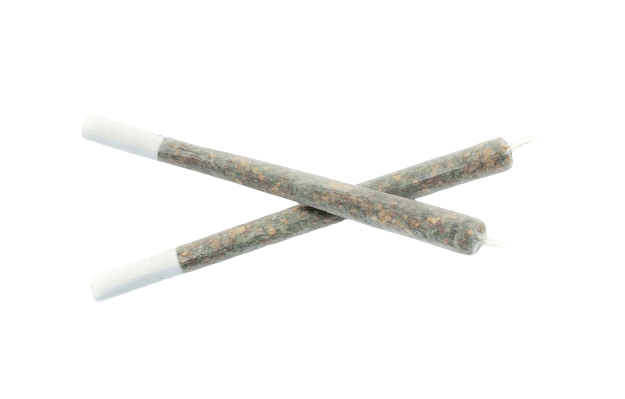
What Are the Effects of Marijuana?
Marijuana is a psychoactive drug, meaning it affects one’s perception. The high you experience can include many different symptoms depending on your experience, expectations, and your dose. The possible effects are listed below:
- Altered perception of reality
- Altered perception of time
- Anxiety relief
- Enhanced senses, specifically the sense of hearing
- Euphoria
- Introspection
- Minor hallucinations
- Relaxation
Higher doses of THC can induce anxiety rather than quell anxious feelings and produce heightened overwhelming or confusing senses. For most people, lower doses deliver a more positive and enjoyable experience.
What Are the Side Effects of Marijuana?
While marijuana is relatively safe, it’s not without its potential side effects. Below are some of the most common side effects associated with marijuana use:
- Anxiety
- Delayed reaction time
- Dry mouth (cottonmouth)
- Impaired judgment
- Increased appetite (the munchies)
- Increased heart rate
- Lightheadedness
- Red eyes
- Short-term memory loss

How Does Marijuana Work?
Marijuana works by interacting with the endocannabinoid system, a group of receptors and pathways that interact with the central nervous and peripheral nervous systems. More specifically, cannabinoids like THC and CBD found in marijuana bind to endocannabinoid receptors, which create the various effects and side effects mentioned above.
The human body has two different endocannabinoid receptors: CB1 and CB2 receptors. THC, CBD, and other cannabinoids bind more readily and more strongly with different endocannabinoid receptors, giving them unique effects on the body and mind.
Marijuana contains many compounds that play a role in its effects, such as terpenes and other phytochemicals that can interact with the endocannabinoid system.
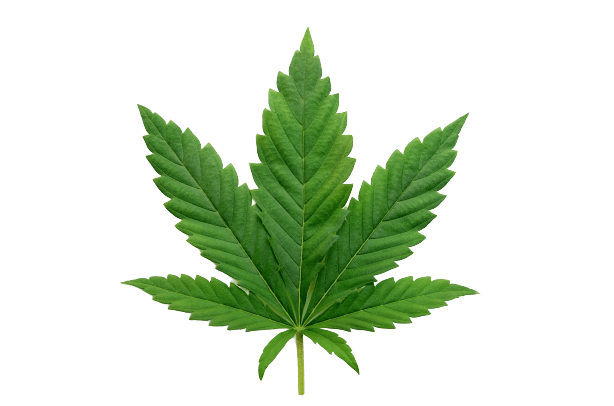
Wrapping Up: Why Marijuana Is One of the Most Widely-Used Recreational Drugs
Despite being illegalized in the United States in 1970, recreational marijuana use has been prevalent. The drug has only become more popular since individual states have legalized marijuana due to its safety and potential for treating various ailments.
Marijuana is not physiologically addictive, although long-term users can develop a psychological dependence on it. The side effects are relatively mild, and there is no known lethal dose of THC, the primary psychoactive compound in marijuana.
The drug provides most users with a sense of euphoria and well-being, an altered perception of time and reality, deep relaxation, and sociability. Common side effects include red eyes, increased appetite, and dry mouth, and some users might experience increased anxiety, increased heart rate, short-term memory loss, and lightheadedness.

